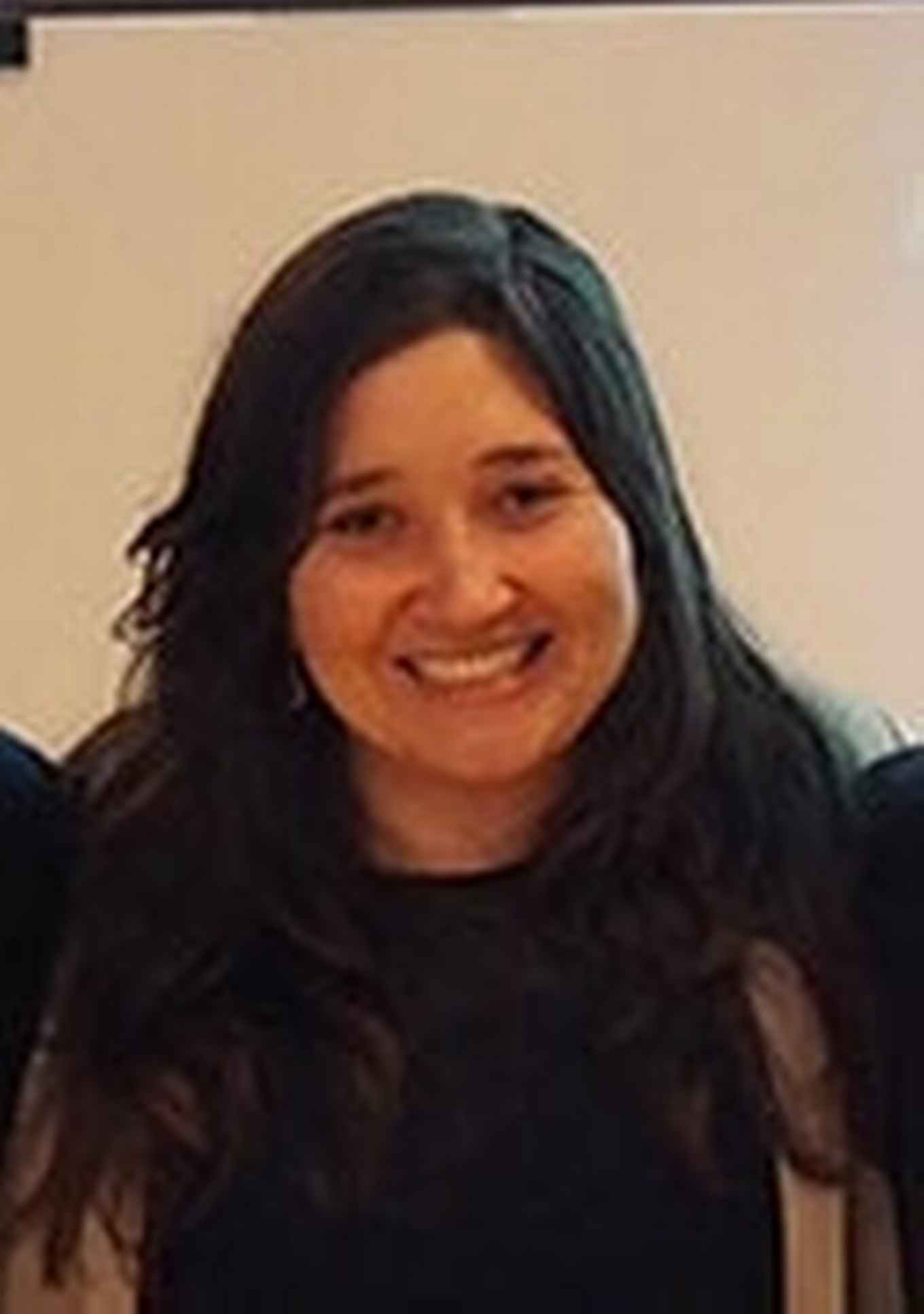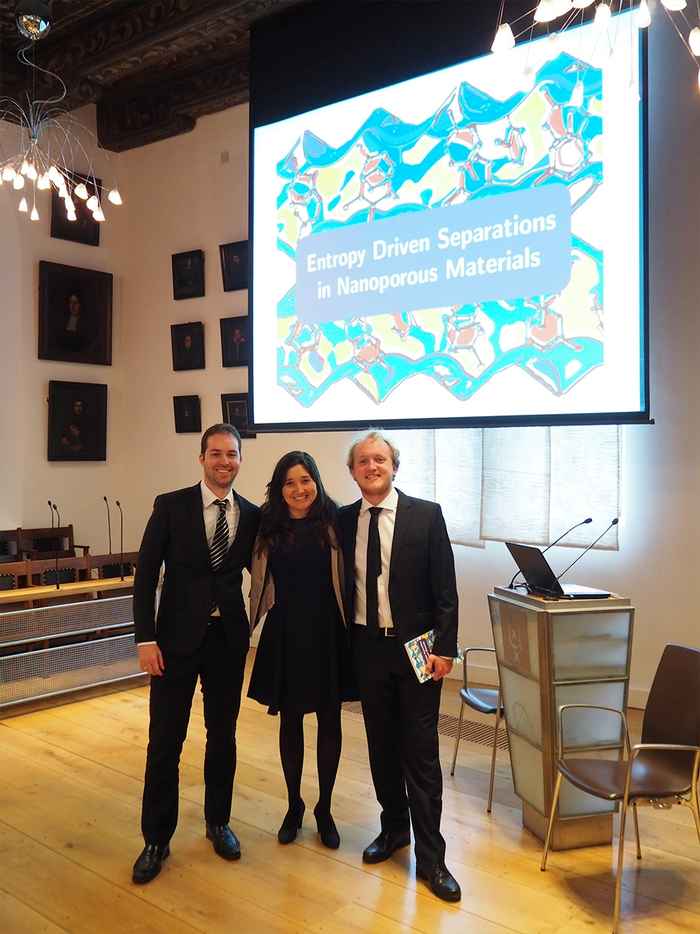Cum Laude PhD defence Ariana Torres Knoop
9 May 2016

New adventure
The newly minted PhD will stay at the University of Amsterdam as a postdoc in the PREDAGIO (PREDicting AGIng of Oil networks) project under the supervision of Prof. Dr Iedema, where she will be developing an atomistic model to study linseed oil polymer networks. 'Obtaining my PhD has been the summit of four extraordinary years but now I am ready for a new adventure to expand my knowledge in other types of materials, applications and simulation techniques,' says Torres-Knoop, adding: 'this project combines two of my favourite things: science and art.'
Summary of Dr Torres-Knoop’s thesis
- Promotor: Evert-Jan Meijer, co-promotor: David Dubbeldam
- Committee-members: Prof. P.G. Bolhuis, Prof. K.S. Walton, Prof. D. Frenkel, Prof. T.J.H. Vlugt, Prof. B. Smit, Prof. F. Kapteijn, Dr. S. Grecea, and Prof. P.J. Schoenmakers.
- Chair: Prof. A.M. Brouwer

Separation processes account for the majority of capital and operating costs in industry. There are many industrially relevant separation processes which are either not feasible by conventional methods (such as distillation and crystallisation) or energetically very expensive. Separations based on adsorption in nanoporous materials are an important alternative. Most simulation and experimental work focusses on molecule-host interactions and try to improve the selectivity of a mixture based on tuning the binding of the species to the adsorption site. However, many separations in industry take place at 1-10 bar pressure and a temperature range of 300-433 K. At these conditions the pores are usually fully saturated and entropy becomes the dominant factor determining the separation. Separation is usually a process of continuous cycles of adsorption and desorption, with desorption being the energy-costly step. Beside the selectivity a second crucial parameter is therefore the “capacity” of the material, e.g. the amount of volume of material per volume that effectively can be used for the separation. If more fluid can be treated in a single step, then the frequency of desorption can drastically be reduced, leading to large energy savings. However, in general a high selectivity originates from confinement, so larger pores lead to reduced selectivities. In other words: selectivity and capacity are inversely related.

In her thesis, Ariana shows, for the first time, that by making cleverly use of entropy effects it is possible to design materials that combine high selectivity with large capacities. She computationally developed a large pore material (a so-called Metal-Organic Framework or MOF) that has a high pore volume capacity, but at the same time can perfectly separate a complicated mixture of very similar molecules; 1,2,4-tricholoro-benzene, 1,2,5-tricholoro-benzene, and 1,3,5-tricholo-benzene. She also found MOFs that are highly selective for para-xylene over meta- and ortho-xylene, even in the presence of other molecules like ethylbenzene and toluene. Selectively obtaining para-xylene is a billion-dollar industry as para-xylene is for example a precursor for PET bottles. In addition to the application-side of the thesis, Ariana had to develop new simulation methodology that is able to study adsorption at saturation conditions. The methodology is a very significant improvement over current state-of-the-art adsorption simulation methodology and it opens up the possibility of studying the adsorption and structure of strongly interacting fluids like water and ionic liquids, even at low temperature.